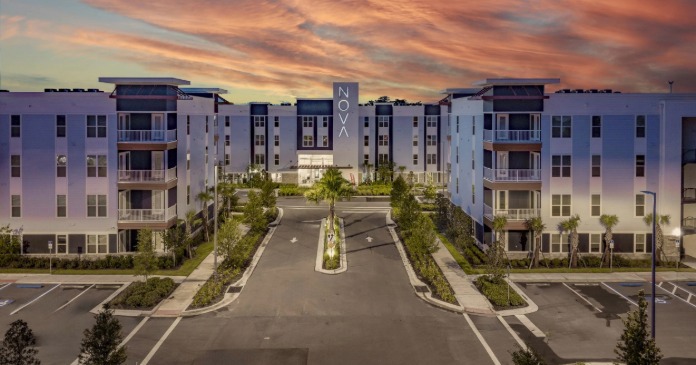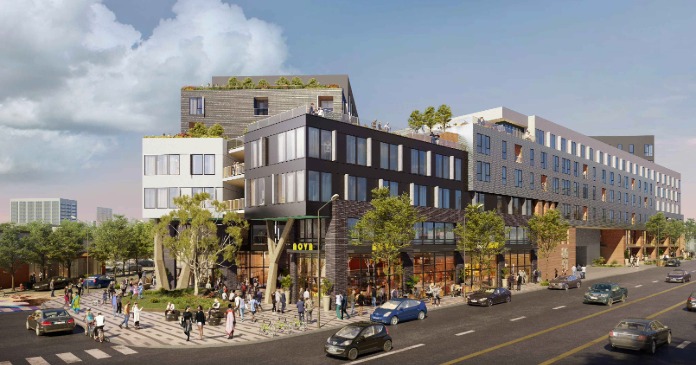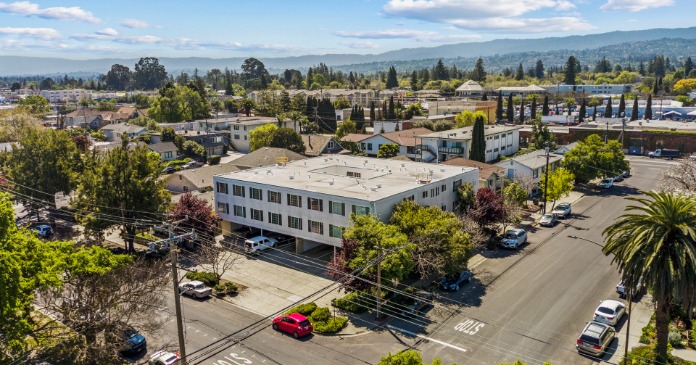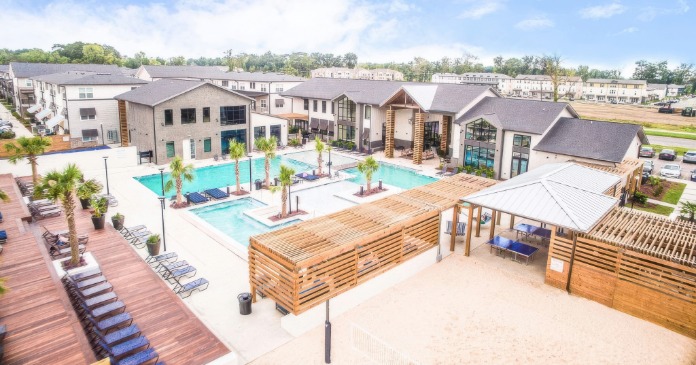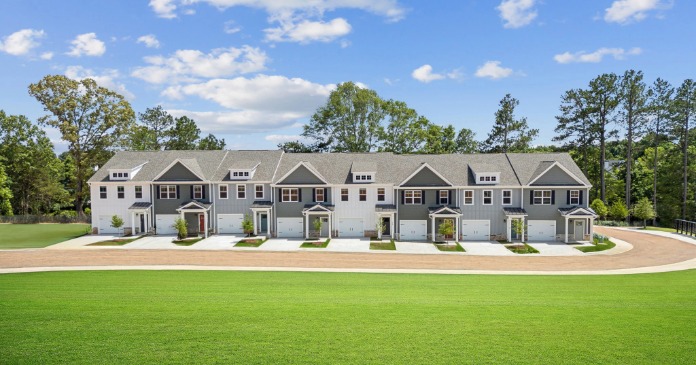Their primary weapon, operations and budget management strategies that constrain costs and bring greater efficiency to business processes.
For the past two years, the apartment industry has battled a soft market with widespread concessions of anywhere from one to three months. In other markets, rental discounts are being used to attract residents. In AMLI’s annual report, the company stated that “virtually every resident who departed was replaced by one paying less, and those who renewed frequently benefited from a lower rental rate.” AMLI found the use of rental concessions so considerable that it decided to revamp its entire pricing philosophy and employ a revenue management system.
According to Charles Jean, an associate analyst following multifamily REITs for Moody’s Investor Service, the short-term outlook for the apartment industry is negative as high unemployment rates and slow job growth stem the pool of prospective renters. “Given the stagnant employment picture, we don’t see improvement in the outlook for the apartment sector at this time,” says Jean.
Jean further indicates that apartment firms, particularly REITs, are focusing on a range of strategies to reduce overhead. One method, he says, is by outsourcing development departments and building relationships with two or three general contractors in an area to have access to competitive prices.
“Another area apartment firms are targeting is property taxes,” says Jean. “These taxes can add up to 35 or 40 percent of total costs. To lessen the impact, many apartment firms are challenging municipalities and state governments to reduce their assessments and recapture part of those costs.”
Use of technology, says Jean, is another way multifamily firms are working to reduce costs, improve operating margins, generate ancillary revenue, and maintain customer satisfaction. Automating various industry processes brings about greater efficiency, reduces staffing needs, and gives asset managers more data for decision-making and forecasting. These technologies include systems for online revenue management, lease processing, and credit review systems which adjust pricing to match market conditions, standardize leases and expedite reviews and approvals. Software that streamlines and automates maintenance and facilities management enhances the maintenance functions and keeps customer satisfaction high through reduced response time to maintenance requests. Maintenance systems that track work orders and inventory provide valuable feedback for projecting equipment and service needs and allowing for bulk purchasing when applicable.
Getting manager buy in
When cost-cutting ideas run low, many firms turn to their onsite managers for new ways to generate cost savings and boost revenues. Some put 50 percent of the savings generated by onsite managers’ suggestions into a bonus pool. Others offer incentives to leasing groups to increase rents.
“Holding down administrative costs and minimizing management company charge backs are major concerns given the current economic market,” says Evelyn J. Danowitz, vice president, asset/property management for Simpson Housing Solutions, LLC (formerly Kaufman and Broad Multi-Housing Group) based in Long Beach, Calif. “It’s important to ensure that onsite has the same mission and game plan as the owners.”
Danowitz sees onsite managers as pivotal players in holding down costs by using the right vendors and staffing properties appropriately. She says that smaller properties present more of a challenge to achieve economies of scale. Hot buttons among costs, says Danowitz, are property insurance, particularly earthquake insurance in California; the cost of natural gas east of Colorado; and payroll. Danowitz asserts that managing tax-credit properties requires different operating principles and compliance guidelines can restrict economizing options.
“There’s definitely a heightened awareness by tax-credit investors that communities make adequate expense projections,” Danowitz says. “Lenders and investors are looking closely at how well properties operate and whether their budgets are overly optimistic.”
The quality of onsite staff and the resources provided to them are seen as crucial to successful management of properties. “It is short-sighted to develop properties without adequate space for administrative staff and insufficient space for maintenance and storage,” adds Danowitz. “The front-end design is integral to how the property will function.”
Among the tactics being increasingly deployed at properties to offset costs are having residents pay utilities and using various submetering systems. “In-unit washers and dryers rack up 30 percent more water usage than use of common area laundry facilities,” says Danowitz.
Under the present economic scenario, Danowitz sees it harder to make deals work and she sees more properties turning to creative layering in financing and using more conservative operating numbers in order to obtain financing.
Going against the tide
At BRE Properties, an apartment REIT with more than 22,000 units in the west, focus is on investing in their properties and core areas to improve processes and retain customers.
“We don’t use concessions,” says Deidre Kuring, Executive VP of Asset Management for BRE. “We take the opposite approach and invest in our staff and emphasize revenue rather than blind cost-cutting.”
Behind BRE’s operating strategy lies four years of intensive research to measure customer satisfaction utilizing techniques similar to what the hospitality industry uses to survey customer satisfaction. Kuring says BRE’s research goes far beyond what most apartment firms have done.
“Our focus is on revenue,” says Kuring. “Some companies look at payroll, onsite staff, etc. We do not cut staff as that leads to lower levels of customer service and impairs how well the property is maintained.”
Kuring says that BRE’s research pointed to two main drivers for customer retention at their properties: residents liked the staff and the properties were well maintained.
“Too many apartment firms focus on expenses instead of what drives their customers,” adds Kuring. “Rather than slash ad budgets, we use sophisticated tools to measure advertising effectiveness and then pump dollars into what is working.”
BRE created a centralized collection agency within the company with the full-time responsibility of collecting money when residents move out. The result has been an increase of 60 percent more recovery in the first 30 days of move out over previous methods.
Another revenue enhancement technique is a reverse bonus compensation system that rewards onsite managers for renewals. By focusing on customer service, BRE has been able to keep turnover low. Not using rental concessions has enabled the company to create a pricing strategy that has value to their customers.
“By not using concessions, we’re better able to project cash flow and eliminate the peaks and valleys,” says Kuring. “In addition, our research showed no move-ins came about because of concessions.”
While other firms scale back on training to cut costs, BRE has actually increased it, adding on web-based training, specialized training, and enhanced training for dealing with the kinds of market conditions the industry is currently facing.
“At most firms, financial responsibility is left to regional managers and the central office,” says Kuring. “BRE has trained its community managers to assume financial responsibility and operate their property as a profit center. This way, the people who are most in touch with the operations of the property are the ones governing its fiscal operations.”











